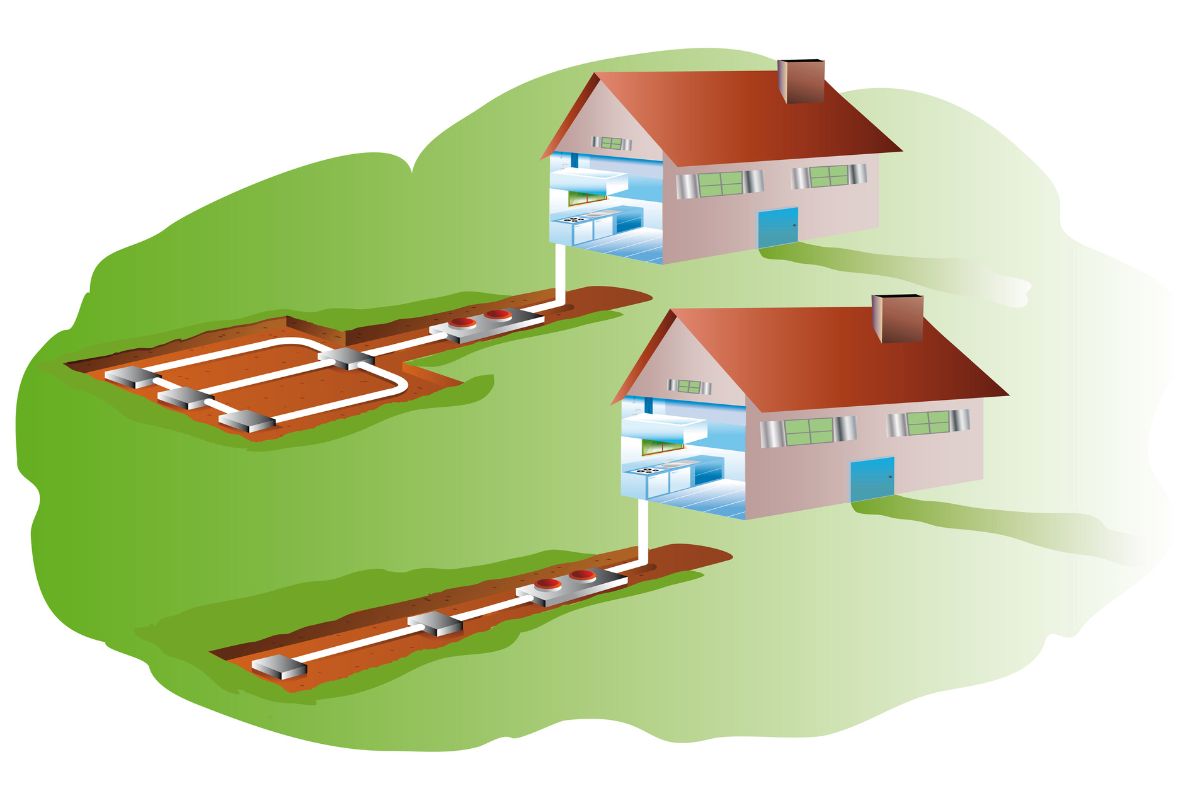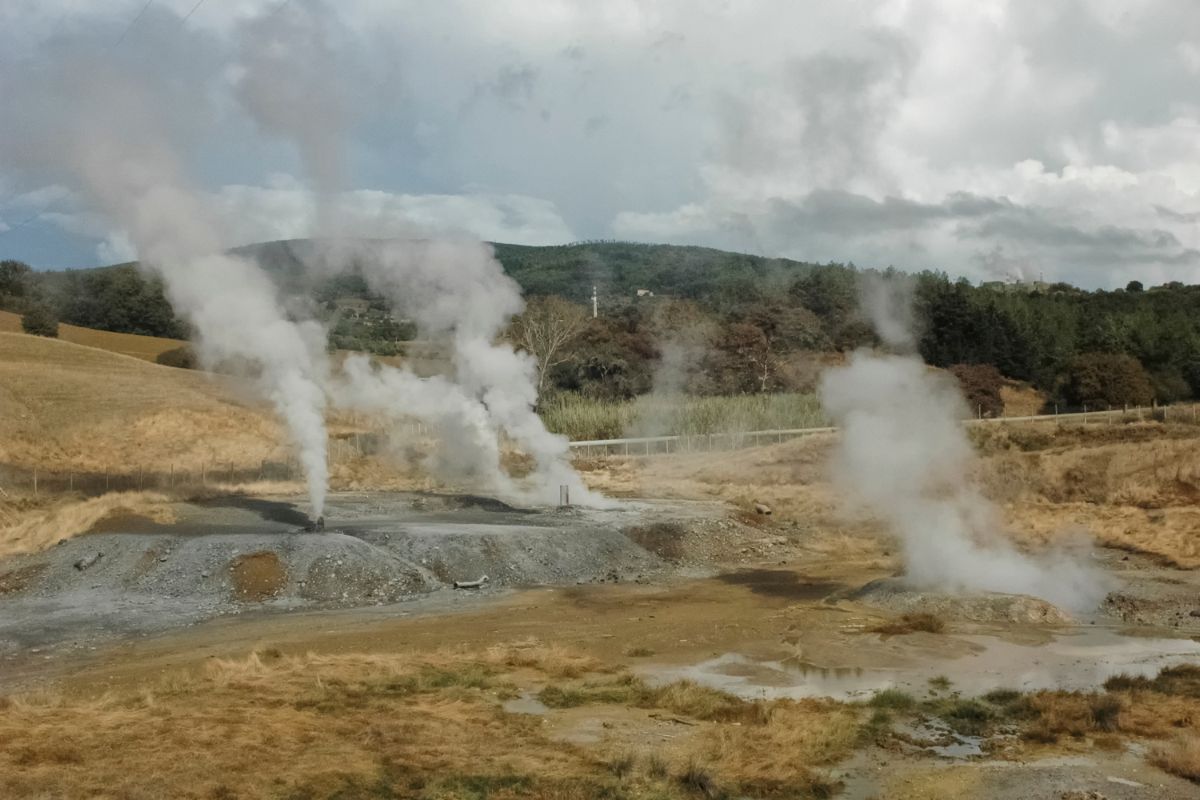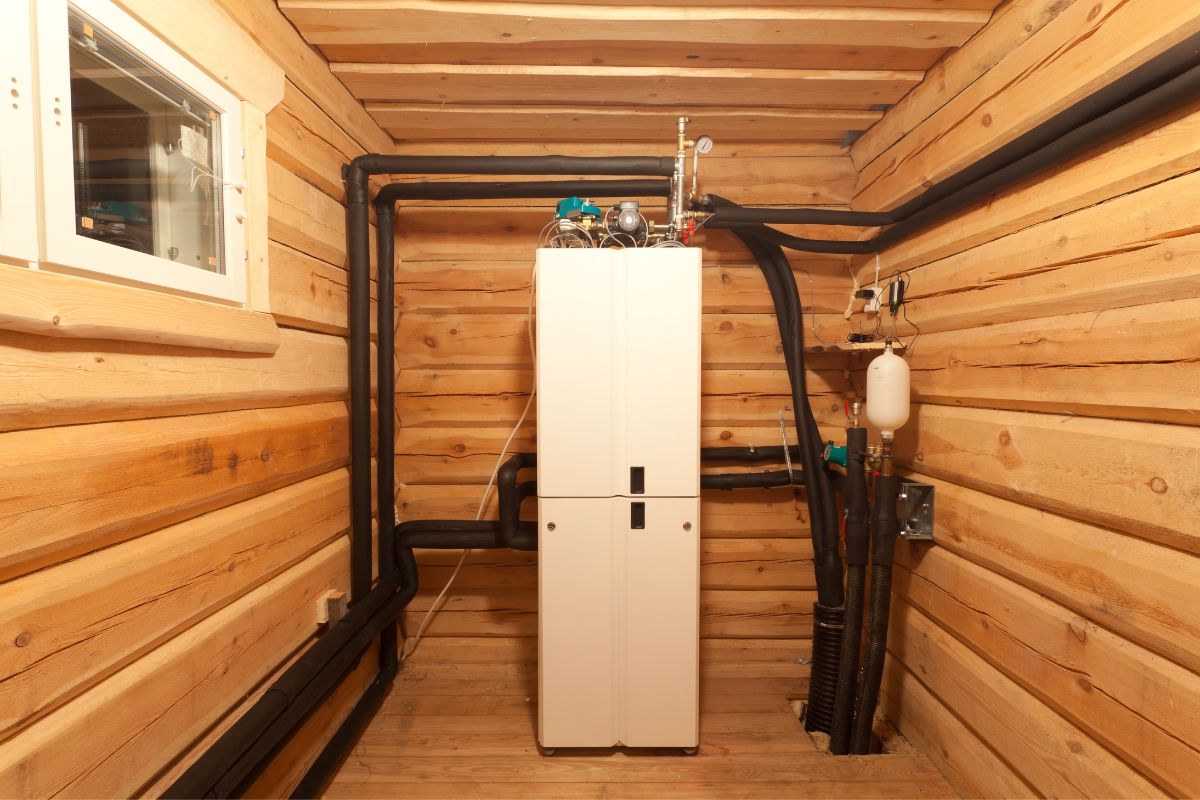Radiant floor heating is almost always the most efficient thermal system, as it eliminates cold spots and temperature oscillations common with hot water radiator and forced air systems, and as it doesn’t displace any dust, it’s perfect for those who suffer from allergies.

It also has some pretty amazing money-saving potential. It all comes down to the type of radiant floor heating system you go with, the two most popular of which are hydronic systems and electric systems.
What Are Hydronic Radiant Heating Systems?
As you can probably tell by the hydro prefix, hydronic radiant heating systems rely on water to heat up a property. First, a pipe network is installed beneath the flooring of a home, which is subsequently plumbed into a boiler.
The boiler then passes hot water around this closed loop until heat radiates through the flooring. You can think of it like a giant hot water radiator sprawling out under your carpet or floorboards.
Hydronic radiant heating systems are by far the most economical and efficient of the two we’ll be discussing here today, as it takes very little power to generate a great deal of heat, meaning they can save you a pretty penny on your monthly energy bills.
Sounds too good to be true, right? Well, there are a couple of catches.
First of all, installation can be quite expensive, and secondly, if you don’t already have a boiler, then you’ll have to factor one into your budget, as well as find space for it to sit.
What Are Electric Radiant Heating Systems?
Electric radiant heating systems follow pretty much the same principles as their hydronic counterparts, but instead of tubes that allow for the passage of water, the sub-floor network is composed of cables allowing for the passage of electricity.
These cables are embedded in electrical mats that can be easily installed under the floor.
While this is a much more efficient installation process than plumbing in a subfloor pipe network, it’s not anywhere near as efficient in terms of energy consumption, as it’s essentially an elaborate electric heater, and we all know how pricey those things can be to run.
That said, in certain scenarios when operated strategically they can still cut down your energy bills. It all relies on the subtype of installation (more on that in a moment) and whether your utility provider offers reduced time-of-use rates.
For example, if the installation comprises a hefty thermal mass, you can turn on your electric radiant floor heating during off-peak hours, effectively charging the thermal mass.
Then, when peak hours come around, you can switch off your heating and rely on the warmth emanating from the thermal mass until an off-peak window comes back around.
You’d be surprised how long this thermal mass can keep your home comfortable as well. If it’s large enough, you’re looking at between 8 and 10 hours of power-free heating!
If that sounds good to you, you might be interested in hearing that you can pick up some quality electric mats for very reasonable prices, and you can choose them based on square footage, so you only get as much as you need for the space you plan on heating.
For instance, this LuxHeat electric radiant heat mat gives you 60 square feet of coverage, but you can also get a sizable 200 square foot version for larger spaces — You’ll always be able to find a mat kit tailored to your needs.
Installation Subtypes
There are two kinds of installation. One is known as wet installation, and, as you’d expect, the other is known as dry installation.
What Is Wet Installation?
Wet installations involve housing the cables or piping in a solid medium beneath the floor. This subfloor acts as thermal mass, radiating the heat upwards through the actual floor and up into the room.
Typically made up of concrete, gypsum, or another similar thermal conductor, they’re usually quite thin, but some concrete thermal masses may be larger depending on the type of property.
Needless to say, these slabs of material can make up a significant burden on any weight-bearing subfloor components, so unless it’s going to be fitted against solid ground, you might need to galvanize the existing support structure.
The only problem with the slabs used for wet installations is that they’re not very responsive. They take a fair while to warm up and then take a fair while to cool down, so if you’re the type to swing between being too hot and too cold, it might not be the right installation for you.
Most experts advise a constant comfortable temperature so you don’t need to make any sudden changes.
What Is Dry Installation?
Dry installation does away with the thermal mass altogether, instead opting for air as a transmission medium.
The cables or pipes are installed in an air pocket beneath a subfloor, typically snaking between the joists. Reflective insulation is set beneath the heating network in order to divert heat heading down back up towards the room.
A couple of the benefits of dry installation are that it’s generally cheaper and quicker, although, with no solid thermal mass, the electrical system or hydronics need to be able to hit higher temperatures.
This sadly means they use more energy, but the increased power draw is offset by the responsiveness of dry installations.
Radiant Heat & Floor Coverings
Ceramic tile is technically the best floor covering for optimizing radiant floor heating, as it adds a fantastic thermal mass to the equation. Vinyl and linoleum floors are also pretty effective, as are wood floors, but any insulating materials will only inhibit heat transmission.
As for carpets, it’s better to be generous with underlay and choose a thin carpet than it is to use a thin layer of underlay paired with a thick carpet. And if you’re choosing to cover some floors but not others, you’ll need to install two different loops. One tailored to bare floor rooms and one tailored to covered floor rooms.
Final Thoughts
Radiant floor heating is gaining popularity for a number of reasons, so now might be the perfect time to consider making the switch yourself. And if you want to really chop that energy bill into pieces, I’d recommend checking out radiant wall and ceiling panels as well. They provide the most responsive and customizable heating imaginable!


